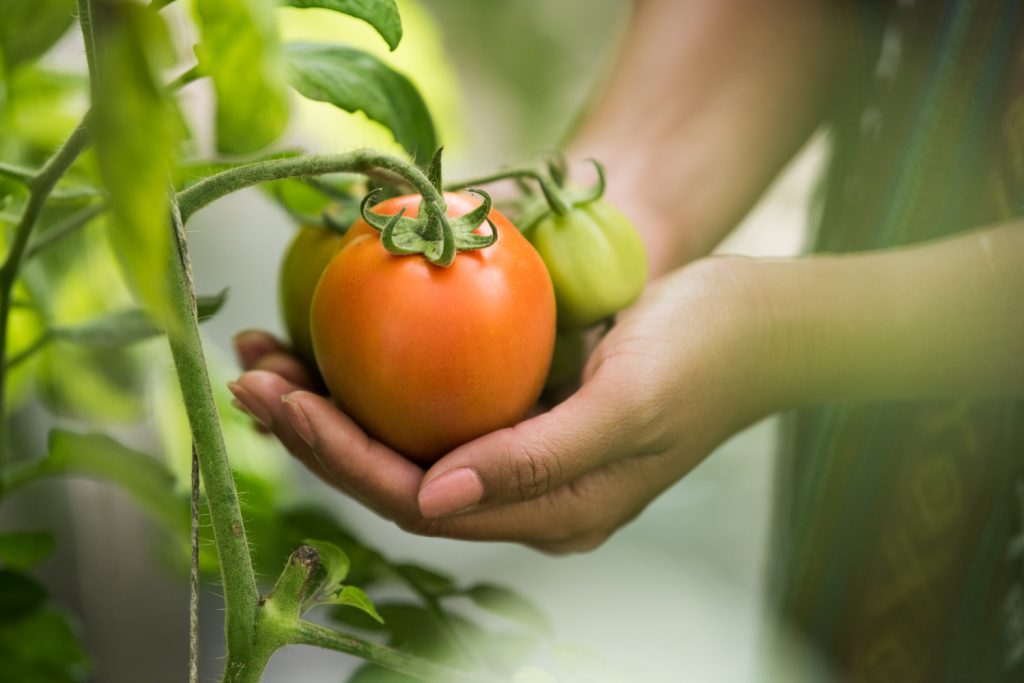Introduction:
The journey of fruits from seed to table is a captivating tale of cultivation, care, and nourishment. From the moment a seed is planted to the conditions of storage and cultivation, every step in the process influences the quality, flavor, and nutritional value of the fruits we savor. In this exploration, we'll trace the path from planting to consumption, shedding light on the conditions of storage, cultivation practices, and the myriad ways fruits are enjoyed.
Planting and Cultivation:
1. Seed Selection and Germination:
The journey begins with the careful selection of seeds, a process that determines the future characteristics of the fruit. Farmers and horticulturists consider factors like climate, soil conditions, and desired traits when choosing seeds. Germination follows, marking the emergence of the embryonic plant from its seed, ready to embark on its growth journey.
2. Cultivation Practices:
Once germinated, the young plant requires careful cultivation. Practices such as proper irrigation, fertilization, and pest control play pivotal roles in fostering healthy growth. Sustainable and eco-friendly farming practices are increasingly embraced, aiming to minimize environmental impact and enhance the long-term viability of fruit cultivation.
3. Environmental Considerations:
Different fruits thrive in different climates and conditions. Apples flourish in cool temperate climates, while tropical fruits like mangoes and pineapples require warmer, tropical environments. The selection of an appropriate environment ensures optimal growth and the development of distinctive flavors characteristic of each fruit.
Conditions of Storage:
1. Harvesting at the Right Time:
Harvesting marks, a critical phase in the fruit's journey. Timing is paramount, as harvesting too early or too late can affect flavor, texture, and nutritional content. For instance, fruits like bananas and avocados are often harvested before reaching full ripeness, allowing them to mature during storage.
2. Proper Handling and Storage:
After harvesting, fruits must be handled with care to prevent bruising and damage. Storage conditions, including temperature and humidity, are meticulously managed to extend shelf life without compromising quality. Some fruits, like berries, are highly perishable and require rapid cooling to maintain freshness.
3. Ethylene Management:
Ethylene is a natural plant hormone that influences the ripening process. Understanding the ethylene sensitivity of fruits is crucial in storage planning. For instance, ethylene-producing fruits like apples can accelerate the ripening of ethylene-sensitive fruits such as strawberries. Proper storage practices involve separating ethylene-producing and ethylene-sensitive fruits to maintain optimal quality.
4. Innovations in Storage Technology:
Advancements in storage technologies, such as controlled atmosphere storage and modified atmosphere packaging, have revolutionized the preservation of fruits. These methods allow precise control over factors like temperature, oxygen, and humidity, prolonging the shelf life of fruits and minimizing post-harvest losses.
Consumption and Culinary Delights:
1. Fresh and Raw Delights:
The most direct and natural way to enjoy fruits is in their fresh, raw form. Whether biting into a crisp apple, slicing a juicy watermelon, or peeling a succulent orange, the vibrant colors and flavors of fresh fruits make for a delightful culinary experience. Nutrient-rich and bursting with natural sweetness, fresh fruits are a cornerstone of a healthy diet.
2. Creative Culinary Applications:
Fruits lend themselves to an array of culinary possibilities. From fruit salads and smoothies to desserts and salsas, creativity knows no bounds. Chefs and home cooks alike experiment with combining fruits with other ingredients to create tantalizing dishes that showcase the versatility of nature's bounty.
3. Preservation Techniques:
To savor the taste of ripe fruits beyond their peak season, preservation techniques come into play. Canning, freezing, and drying are common methods employed to extend the availability of fruits. Preserves, jams, and dried fruits not only offer a taste of summer during winter but also reduce food waste by utilizing surplus harvests.
4. Nutritional Benefits:
Beyond their culinary appeal, fruits are nutritional powerhouses. Rich in vitamins, minerals, fiber, and antioxidants, fruits contribute to overall health and well-being. Incorporating a diverse array of fruits into one's diet ensures a broad spectrum of nutrients, each offering its unique health benefits.
Conclusion:
The journey from planting to consumption unveils the intricate dance between nature and human intervention, resulting in the fruits that grace our tables. From the careful selection of seeds to sustainable cultivation practices and innovative storage solutions, each step contributes to the quality and availability of fruits year-round. As consumers, we play a role in this narrative by making informed choices about the fruits we consume, appreciating the efforts of those involved in the cultivation process, and savoring the delicious and nutritious gifts of nature. The fruit's journey is a testament to the interconnectedness of agriculture, sustainability, and culinary arts, reminding us of the profound relationship between what we plant and what we harvest.
